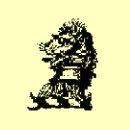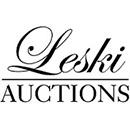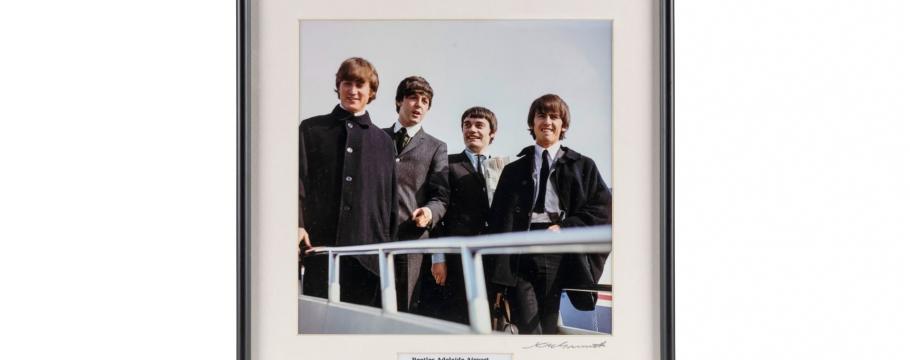

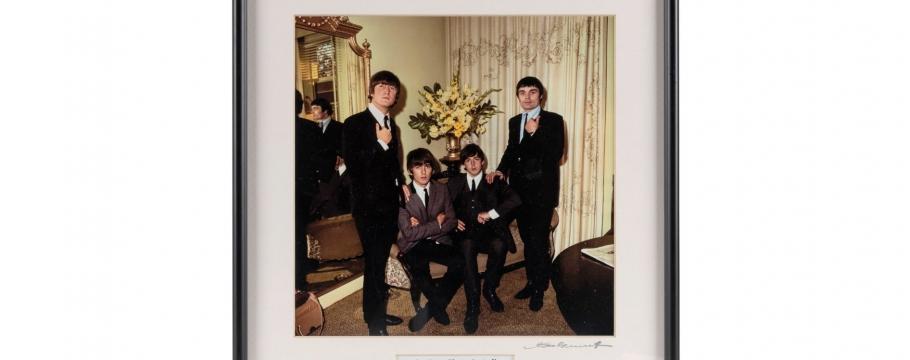
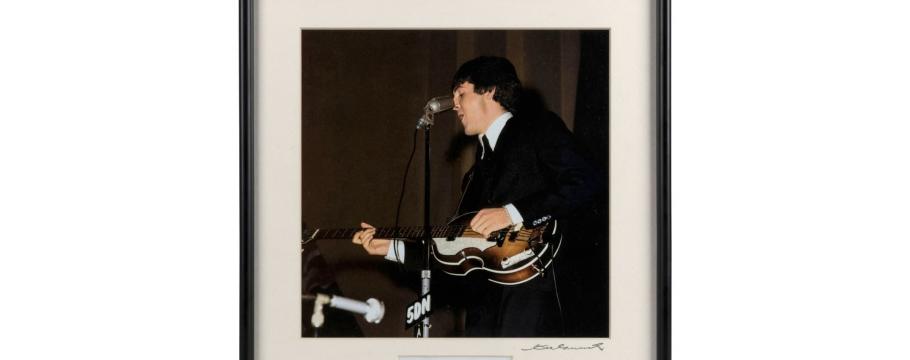
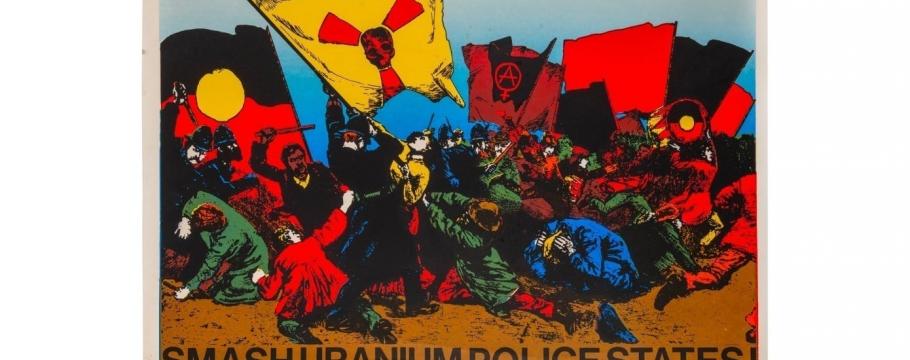

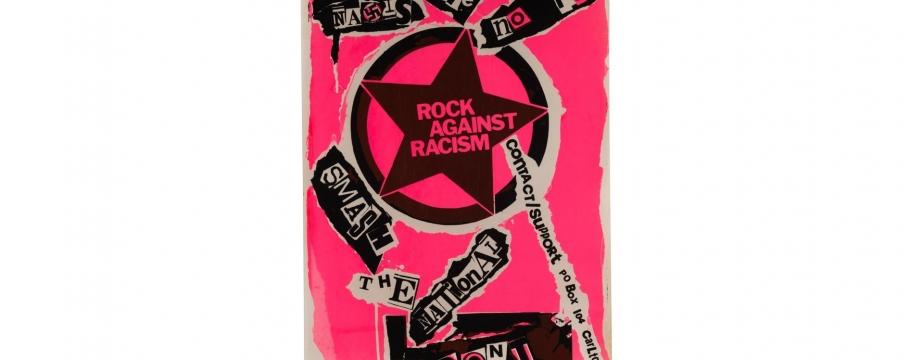

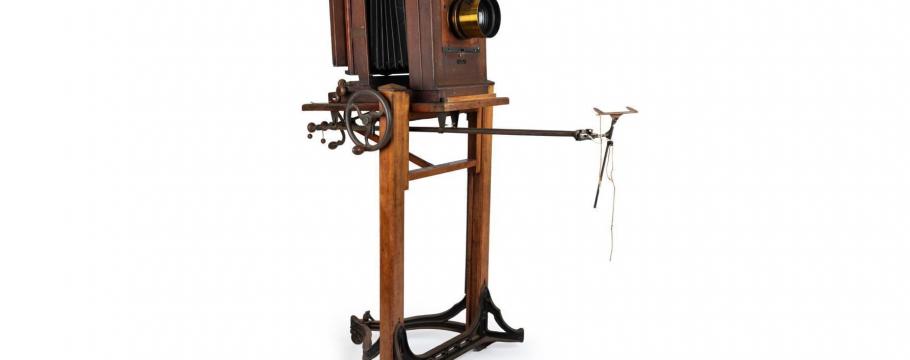
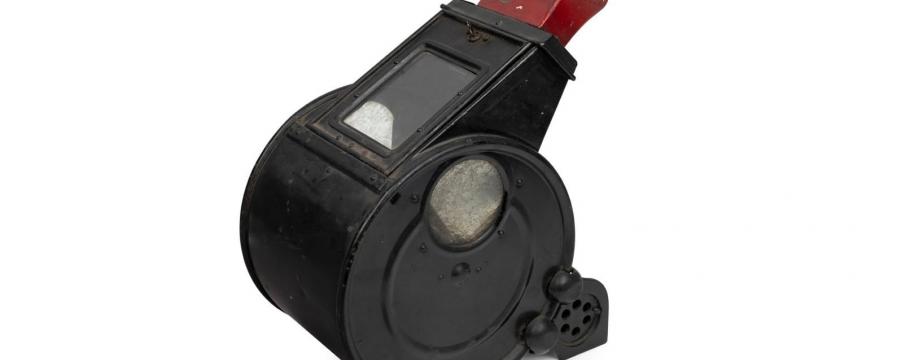
Beatles photographic collection highlights Australian auction
Author: Richard Brewster | Posted: 16th October, 2024
Although an event that happened 60 years ago, the Beatlemania phenomenon that gave rise to hysterically screaming and crying teenagers as part of pop music culture will be front of mind when Melbourne-based Leski Auctions holds a sale that includes a photographic collection of the Beatles 1964 visit to Adelaide as part of their only Australian tour.
The auction, from 12pm Tuesday October 29 and Wednesday October 30 at 727-729 High Street Armadale, also will comprise a significant poster and camera and photographic equipment collection among the 1076 lots.
The photographs belonged to well-known Adelaide freelance photographer Victor Clarence Grimmett (1923-2017) who was one of the lucky few to gain access to the Beatles during their two-day early June visit – including the airport landing, motorcade, press conferences and concerts – at the start of their incredible, history-making careers.
Five of the photographs were purchased by The Australian Women’s Weekly, the rest tossed into a cupboard and rediscovered in 1995 when Victor signed, mounted and framed them.
They also appeared in a book about his career “Confession of an Adelaide Flasher” published in 2007 and were exhibited at the launch.
Thirty photographs are in the auction including lot 169 showing the Beatles disembarking from the aircraft (from left) John Lennon, Paul McCartney, Jimmie Nicol and George Harrison.
Drummer Ringo Starr, who joined the tour in Melbourne, was not with them on the Adelaide leg – his place taken by Jimmie.
More than 300,000 people lined the Adelaide streets to greet the group on their journey from the airport to the Town Hall. The Beatles performed four concerts over two nights before flying onto Melbourne.
Lot 173 is a graphic illustration of crowd size at the Town Hall as fans mill around the motorcade – while lot 178 is the cover photo that appeared in The Australian Women’s Weekly.
Lots 179 and 191 were shot at the Beatles press conference in the South Australian Hotel and during one of their concerts with Paul McCartney featured on stage at Centennial Hall.
The Eve Glenn poster collection (lots 1-164) reflects early 1960s social and cultural movements of the times including folk music, peace marches, anti-conscription, anti-Vietnam War, feminism, land rights, rock-n-roll and punk.
After finishing four years of Fine Art Painting at RMIT, Eve Glenn amassed a collection of posters – one of the methods used at the time to communicate messages.
“There was excitement, inventiveness, humour and hope,” she said. “We thought we were changing the world by the way we lived.”
A theatre interest saw Eve backstage during the 1970s at the Melbourne Pram Factory, the Australian Performing Group and at the founding of Circus Oz.
Such pursuits have meant a life of freelancing as a scenic artist involved with sets, props, theatre, circus and film as a designer, maker, and painter of parade banners, floats and trams.
The posters – like lot 1, a 1978 political commentary entitled “Smash Uranium Police States” by Redback Graphix founder Michael Callaghan (1952-2012) – a reflection of the times.
Lot 2, also a 1978 Callaghan creation and called “Films on Black Australia”, is another example of the popular perception of social injustice.
In 1976, Rock Against Racism emerged in response to racist attacks in the United Kingdom and increasing support for the far-right group, the National Front.
A 1978 poster designed and printed by Wendy Black and Gavin from the band “News” (their first concert was held that year in London), entitled “Rock Against Racism – Nazis Are No Fun – Smash the National Front” (lot 37) drew strong attention to this serious problem and heralded the start of hundreds of protest events both in the UK and overseas.
Another fine example is the “CIA Assassin” poster designed and printed by Jillian Gibb (1945-2017), later known as Viva Jillian Gibb, known for her direct responses to the news of the day.
By far the largest section of the two-day auction is the camera and photographic equipment (lots 202-1076), much of it owned by the late Geelong-based Adrian Elshout who died in March 2022.
The collection includes items like the circa 1880s Taylor Hobson large format plate studio camera on a 1.26-metre high stand (lot 357) and the circa 1920s Whiting’s Sculptoscope coin-operated stereo viewer from the American Novelty Company in Cincinnati (lot 218).
